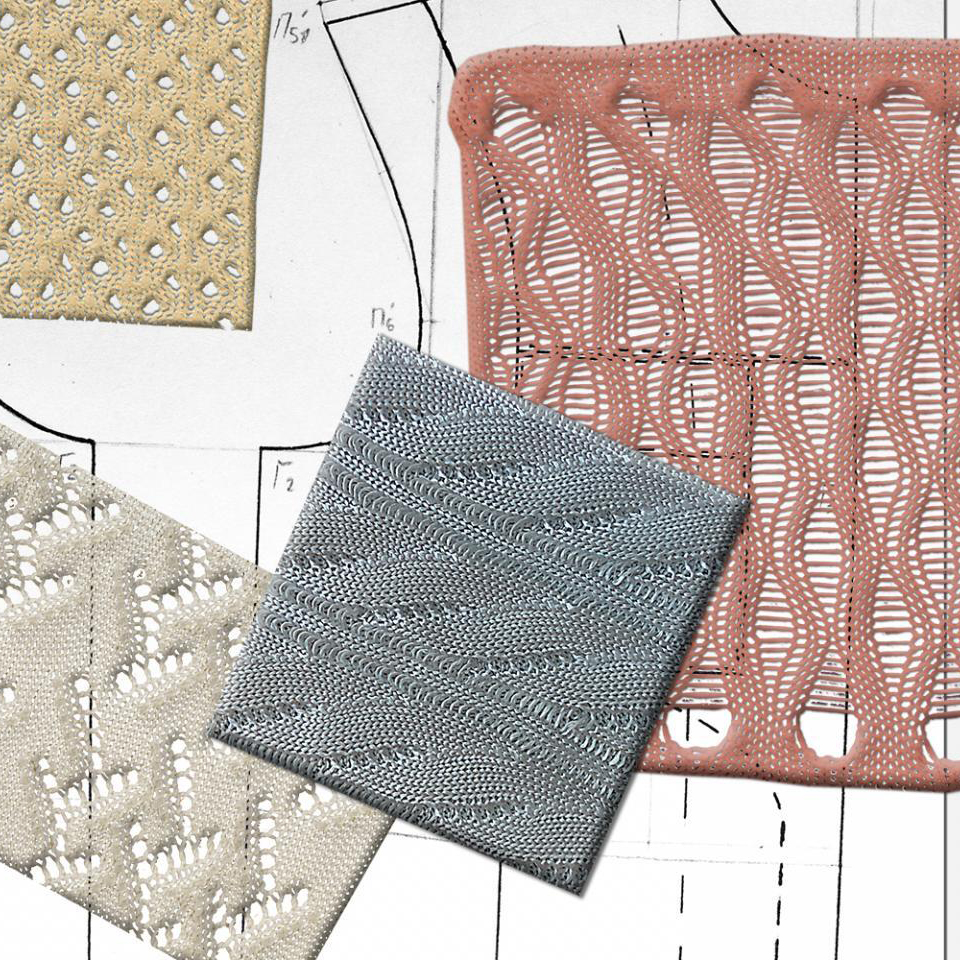Dressing up with Plastic Bags: a New Self-Cooling Textile Made from Recycled Plastic

If you have ever, in the act of desperation, resorted to a plastic bag to cover your head on a rainy day, you will have found that they are not an ideal material for clothing. While polyethylene —the material they are usually made of— is lightweight and does not retain heat, it cannot evaporate moisture. However, a group of researchers at MIT has embarked on a technological project that could turn part of the 500 billion bags produced worldwide each year into clothing. The key lies in a new recycling technique to obtain cotton-like filaments that can be woven and absorb moisture. In fact, they have found that the new fabric absorbs and releases moisture better than other synthetic materials such as polyester and even cotton itself.
The strategy employed at MIT involves grinding the polyethylene into a powder and then using standard textile machinery to melt and extrude the material into very fine threads. To their surprise, they found that the extrusion process slightly oxidized the polyethylene, altering its surface and giving it hydrophilic properties. That is, it was able to absorb water molecules. Subsequently, they wove the yarns together to form synthetic fibers. The fibers had sufficient capillarity to, in turn, allow moisture to pass through once it was attracted to the surface. Once these properties were verified, they optimized the thickness and the direction in which the fibers were woven to enhance the absorption effect.

Finally, they created samples of the new fabric to compare its properties with other existing materials. For one thing, they dipped strips of woven polyethylene in water along with their nylon, polyester, and cotton counterparts to see how long it took for the liquid to rise through them. They also placed the material over a droplet of water on a scale to measure the evaporation rate. In both cases, the process was faster than with conventional materials. The new fabric loses some of its hydrophilic properties over time, but it only needs to be rubbed or exposed to ultraviolet light to regain them.
Another advantage they have found is that it is enough to add colored particles to the extrusion to obtain the desired shade and color. This, in plain English, means that a dry dyeing process can be carried out. It is worth remembering that the textile industry is one of the most voracious in terms of water consumption. For example, a pair of jeans requires up to 10,000 liters of water, taking into account the entire process from cotton cultivation to manufacturing.
A new recycling technique for textile materials
As mentioned, the textile industry is one of the most voracious in terms of energy and water consumption. Therefore, any initiative aimed at improving garment recycling is welcome. And Lund University in Sweden believes it has found a formula to take advantage of all those clothes that end up in landfills or incineration plants. Until now, recycling depended on the fibers being long enough, so much of the clothing was unsuitable.
At Lund University, however, they have applied a method that breaks down the cellulose fibers of the cotton by means of a sulfuric acid solution. The resulting liquid, which contains a high proportion of glucose, can be converted into various textile materials such as spandex or nylon, but can also be used for ethanol production. The method they have applied is not novel, having been explored in the early 19th century, but the researchers claim that they have achieved unprecedented efficiency with their innovative recycling technique.
Source: MIT, Science Daily
Image: MIT

